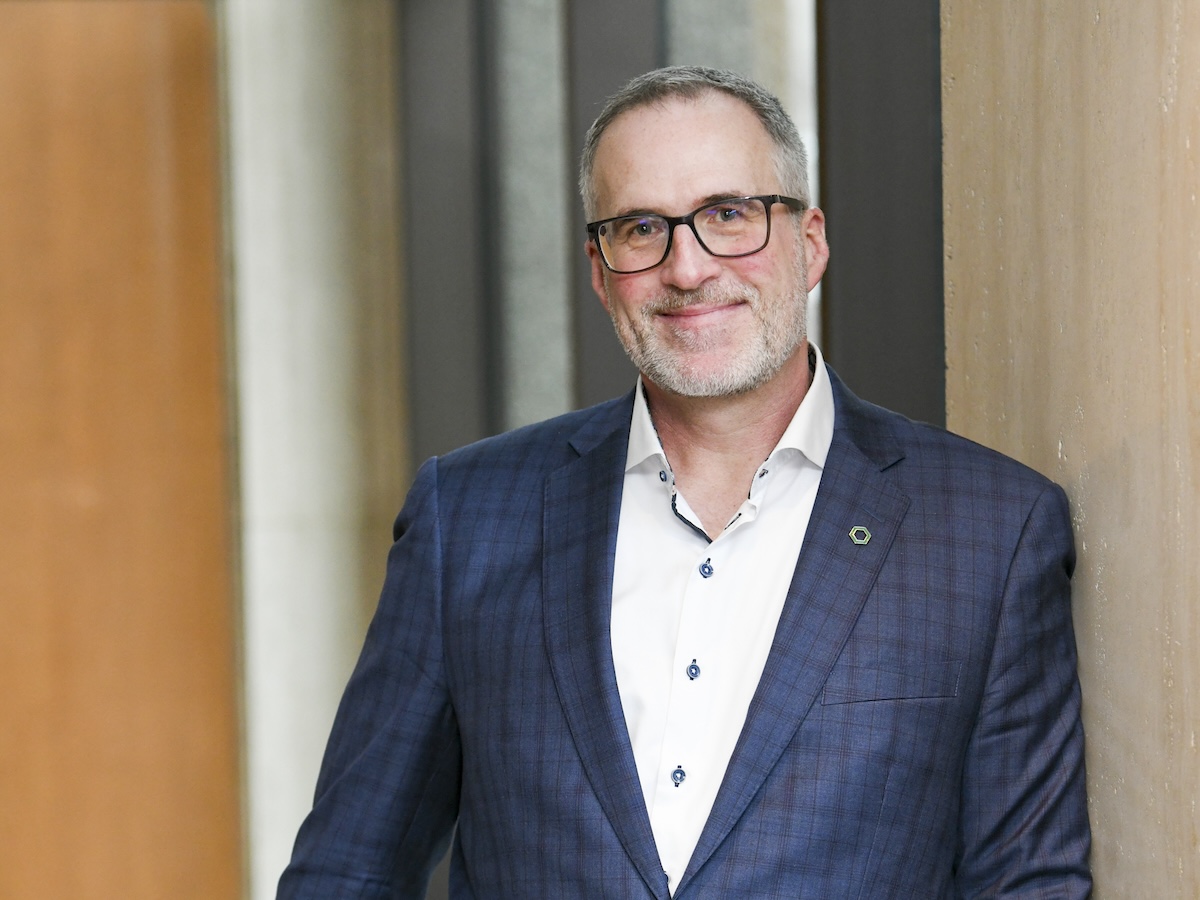
Over the past 25 years, the pension industry has seen many significant shifts, from defined benefit to defined contribution, from accumulation to decumulation and from education and guidance to financial planning, said Chris Walker, regional vice-president of business development and investment strategy at Desjardins Insurance, during a session at Benefits Canada’s 2025 DC Plan Summit.
With the shift from DB to DC, decision-making was handed over to plan members, who weren’t ready to make those decisions, he said, noting decumulation is solved with a financial plan. “Financial planning is the lynch pin to some of our current challenges.”
Walker illustrated the shift with a fictional plan member named Alex, who started her career in 1999 with a DB plan. A couple of years later, she starts a new job with a DC pension and she receives a binder with all of the information about the plan. “It has one page for each of the 70 funds available . . . and then she has a 13-page, nine-question risk profile. It’s too much for her, she bails out on it and sets it aside for future use.”
Read: Head to head: Is too much choice an issue in DC plan investment options?
Alex decides to go into the default fund, which is a money-market fund. It returns 2.4 per cent between 2001 and 2005, while a balanced portfolio returned 8.7 per cent. “That difference of 6.3 per cent is gone forever, compounded over five years,” said Walker. “If she had advice, would she have made a different decision? Would she have gone into the balanced fund? More than likely because it’s well-diversified and it’s not terribly risky.”
In 2005, Alex’s plan sponsor introduces TDFs as the default. She wants to learn more, but financial advice isn’t readily available through her employer. The industry was debating whose responsibility it was, he noted, and ultimately opted to stick with the status quo. “The industry was evolving along the continuum from information to guidance to in-plan advice. We’re moving there because the evidence is mounting.”
A few years later, Alex is attending information sessions offered by her employer, he noted, there are multiple access points for learning about her DC plan, as well as easy investment solutions with the TDF. “It’s much more member-friendly, basically built for members and a lot of educational content.”
But for years Alex was lacking in-plan financial advice, said Walker, so she decides to take some proactive steps. She uses a retirement calculator, revisits the mobile app and books a video call with an advisor through her record-keeper. “Of course, she wonders why she didn’t do it sooner.”
The lessons from Alex’s story start with engagement, followed by leveraging technology, collaboration, advice and member-focused access points, he said, noting she’s retiring in 2040 and she’s in a good place.
“The future’s bright for her, the future is bright for our industry. . . . In the end, we want to leverage technology, we want to still include the human experience, we want to make it accessible, we want to make it effective. And ultimately, our goal is to provide financial empowerment for our plan members going into retirement.”
Read more coverage of the 2025 DC Plan Summit.
